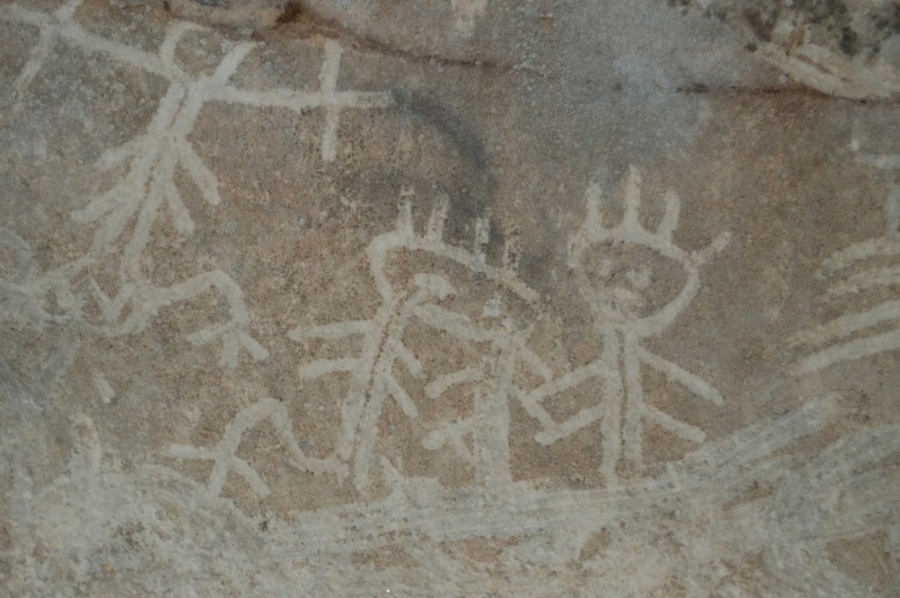The picturesque island of Mona sits isolated between the Dominican Republic and Puerto Rico in the Caribbean Sea. It has no human settlements and is devoid of human life except for Puerto Rican wildlife managers, conservationists and the odd researcher.
But beneath the island, cutting through the limestone like the bubbles in Swiss cheese, are a network of caves. And tucked away within those caverns hide remnants of a rich cultural history, one more complex than grade-school stories of Christopher Columbus’s New World conquest would have it.
As scientists from Puerto Rico and the United Kingdom recently announced, Mona is the site of a peculiar religious collision. Carved into the limestone rock are religious motifs, where both the spiritual beliefs of the native islanders and Christianity, as practiced by 16th-century Spaniards, seem to coexist.
For 5,000 years, the island was home to an indigenous population, as the scientists wrote in the journal Antiquity. Those inhabitants are thought to have created the earliest art in the caves — what Jago Cooper, of the British Museum in London, described to National Geographic as “finger-fluted designs,” which “reflect the spiritual beliefs of the indigenous people.”
In 2013, Cooper and his colleagues surveyed 70 caves, finding a striking mix of the native anthropomorphic swirls as well as the alien inscriptions of Latin and Spanish, stylized crosses, and depictions of Calvary Hill, the site of Jesus’s crucifixion.
Based on nearby pottery fragments and radiocarbon-dating the soot from torches used to light up the caverns — the art is in dark zones, far from the entrances — the researchers say the indigenous art is quite old, going back to the 12th century.
The European images are newer, possibly appearing decades after Christopher Columbus stopped on Mona in 1494. In the long tradition of graffiti artists, painters and children with pocketknives, one visitor inscribed his initials, the archaeologists say: Francisco Alegre, a Spaniard who was recorded leaving Spain in the 1530s and who ultimately landed in San Juan.
Reshaping relationship
Given where the markings were found, as National Geographic noted, the scientists argue that the islanders would have had to guide the Europeans about 160 feet in the dark. And the location of the Christian markings — not obscuring the older artwork but at its side — indicates the colonists had respect for the native population, Cooper told the Huffington Post.
“The historical legacy of 1492 fixates upon and fetishises the incompatibility of native and European worldviews,” the paper’s authors wrote.
They say the fact that the religious symbols exist side by side throws a wrinkle into this narrow interpretation.
“It’s saying that the indigenous people are God’s people,” Cooper said.
Such a finding marks a departure from the traditional narrative of European colonialism, according to University of Leicester archaeologist Alice Samson. The symbols fit into “new understandings” of the first visitors, she said in a press release, “that are more nuanced than mere oppression, domination and, in the case of the Caribbean, indigenous extinction.”



